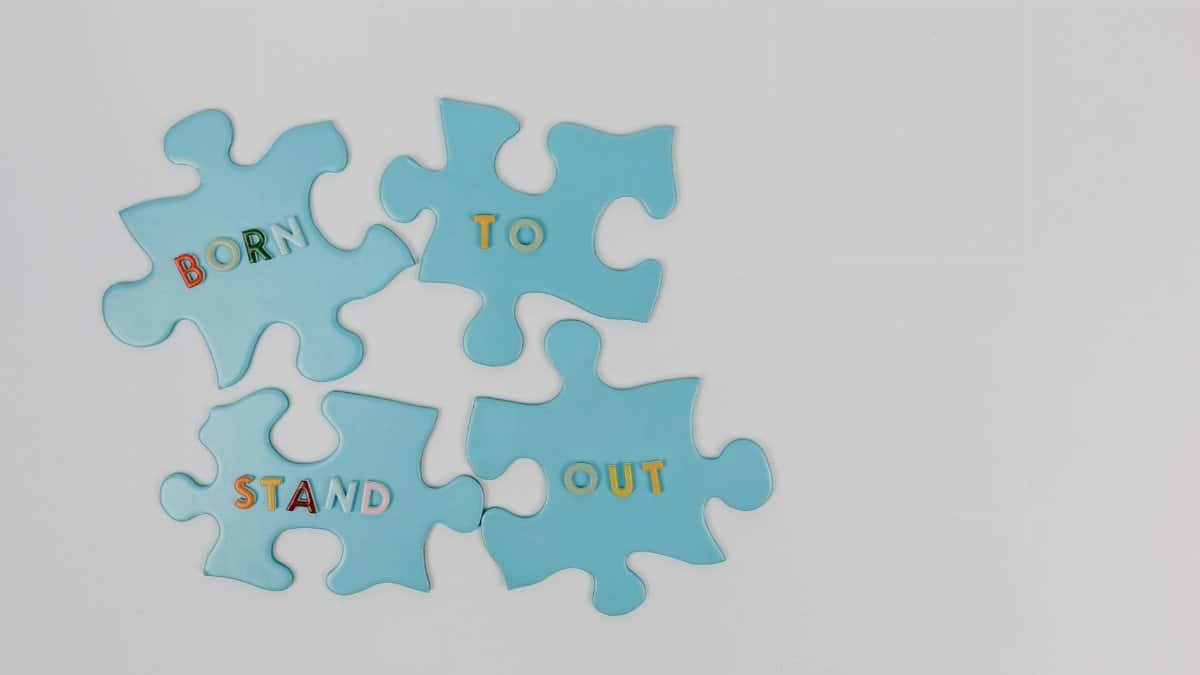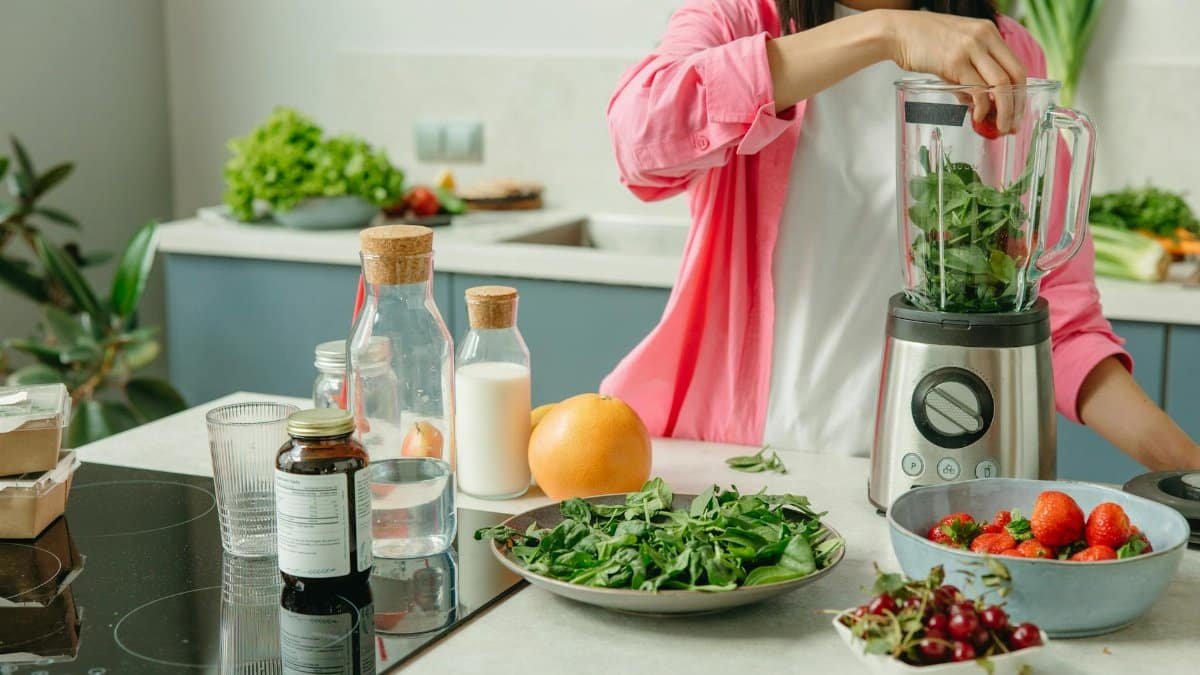Imagine stepping into a space that instantly feels like a pause—a quiet threshold between the chaos of the outside world and the calm of home. This is the essence of the Japanese genkan, a traditional entryway that’s more than just a place to kick off shoes. It’s a deliberate design choice, a buffer zone that eases transitions. In 2025, as Americans grapple with cluttered lives and overstuffed homes, the concept of a flow home layout genkan is gaining quiet traction. It’s not just about aesthetics; it’s about creating intentional spaces that guide movement and mindset. From urban apartments to suburban split-levels, this idea offers a fresh lens on how we enter and inhabit our homes. What can this centuries-old practice teach us about designing spaces that truly work for us?
The Genkan’s Purpose: A Space for Transition

A genkan isn’t just a fancy foyer. At its core, it’s a small, defined area near the entrance of a Japanese home where shoes are removed, often a step lower than the rest of the house to mark a physical and symbolic shift. It’s practical—keeping dirt out—but also psychological, signaling a break from the external world. Think of it as a decompression chamber. In many Japanese households, the genkan also holds storage for shoes and sometimes a small bench, blending utility with ritual. According to a cultural analysis from the Metropolitan Museum of Art, such spaces reflect a broader ethos of mindfulness in design, prioritizing flow over clutter. For Americans, where entryways often double as chaotic drop zones, this idea feels both foreign and oddly necessary.
Picture a family in a busy Chicago suburb, their front door opening to a pile of sneakers, backpacks, and mail. Compare that to a genkan-inspired setup: a low shelf for shoes, a hook for coats, and a clear boundary where the mess stops. The difference isn’t just visual—it’s visceral. You feel the shift as you step in.
Why Flow Matters in Home Design

Movement through a home isn’t just physical; it shapes how we think and feel. A cluttered or poorly planned layout can jar the senses, while a smooth flow home layout genkan can set a tone of ease. Research from the American Psychological Association highlights how home environments impact stress levels, with disorganized spaces often amplifying anxiety. A genkan, by design, creates a starting point for order. It’s not about perfection but about intention—guiding where things go and how people move.
Consider the ripple effect. A clear entryway means less tripping over shoes in the hallway, less shouting about misplaced keys. It’s a small tweak with outsized impact, especially in homes where every square foot counts. In 2025, as more people work remotely and juggle multiple roles under one roof, that sense of flow feels less like a luxury and more like a lifeline.
Adapting the Genkan to American Homes

Let’s be honest: not every U.S. home has space for a sunken entryway or the cultural context for strict shoe removal. But the spirit of a flow home layout genkan can still translate. Start with a defined zone near the door—maybe a rug or a small console table—that signals “this is where outside ends.” Add a storage solution, like a slim shoe rack or wall-mounted hooks, to contain the inevitable influx of stuff. The goal isn’t to mimic Japan exactly but to borrow the principle of transition.
In smaller spaces, like a Brooklyn studio, this might mean a foldable bench that doubles as storage. In a sprawling Texas ranch home, it could be a mudroom with a clear “drop zone” for gear. A report from the National Association of Home Builders notes that entryway functionality ranks high among homeowner priorities in recent surveys, suggesting a growing appetite for such intentional design. It’s about making the first step inside feel purposeful, no matter the square footage.
Challenges of Implementing a Genkan-Inspired Layout

Adopting this concept isn’t without hurdles. For one, American homes often lack the architectural setup for a distinct entry level—most doorways open straight into a living space. Then there’s habit: convincing a household to consistently use a designated spot for shoes or bags can feel like herding cats. One anonymous online account recently shared frustration over family members ignoring a newly set-up entry zone, describing it as “a beautiful idea that nobody follows.” That tension—between ideal and reality—is real.
There’s also the cost factor. Custom storage or renovations, even minor ones, add up. Yet solutions don’t have to break the bank. A few well-placed baskets or a secondhand shelf can do the trick. The bigger challenge is mindset—embracing the discipline of a boundary. It’s less about the stuff and more about the shift in how we treat our spaces.
The Broader Impact on Daily Life

A flow home layout genkan doesn’t just tidy up an entryway; it can subtly reshape routines. Imagine coming home after a grinding day, dropping your keys in a designated spot, and feeling the weight of work lift as you step past that threshold. It’s a small ritual, but rituals matter. A study by the Harvard Joint Center for Housing Studies underscores how home design influences well-being, particularly through small, consistent cues that signal calm or control. This is where the genkan shines—offering a moment to reset.
Beyond the individual, it affects guests too. A clear entry space communicates welcome without chaos. It sets expectations: this is a place of order, even if just at the door. Over time, that first impression can ripple through the rest of the home, nudging everyone toward a little more mindfulness.
Blending Genkan with Modern Trends

In 2025, as minimalism and intentional living continue to trend, the genkan concept dovetails with broader design movements. Think of it as a cousin to feng shui, where energy flow dictates layout. Both prioritize harmony, though the genkan is more grounded in function than philosophy. Pairing a genkan-inspired entry with other modern touches—like open shelving or natural materials—can amplify its effect, creating a seamless transition from outside to in.
Some homeowners are even incorporating tech into these spaces—smart hooks that notify you of forgotten items, or lighting that adjusts as you enter. It’s a fusion of old and new, proving that a centuries-old idea can adapt to today’s pace. The trick is balance: honoring the simplicity of the original while making it fit a modern American life. It’s not about copying; it’s about reinterpreting for relevance.
Getting Started with Your Own Flow-Friendly Entry

Ready to experiment? Start small. Choose a spot by your main door and clear it of clutter. Lay down a mat or tray for shoes—something visual to mark the zone. Add a hook or shelf for essentials like keys or coats. The key is consistency: use it every time, and encourage others in the household to do the same. It might feel forced at first, but habits build over weeks, not days.
Observe how it feels after a month. Does stepping into that space change your mood? Does it cut down on the usual entryway chaos? One family in Seattle tried this after a particularly hectic year, turning a corner of their cramped foyer into a makeshift genkan. They didn’t expect much, but soon noticed fewer arguments over lost items. “It’s like the house breathes easier,” one member said. Sometimes, the smallest pivot can shift everything.
Natasha is the heart of our exploration into conscious connection. Applying principles from multiple counseling courses in her own life, she guides you to cultivate stronger, more joyful bonds.
Disclaimer
The content on this post is for informational purposes only. It is not intended as a substitute for professional health or financial advice. Always seek the guidance of a qualified professional with any questions you may have regarding your health or finances. All information is provided by FulfilledHumans.com (a brand of EgoEase LLC) and is not guaranteed to be complete, accurate, or reliable.
